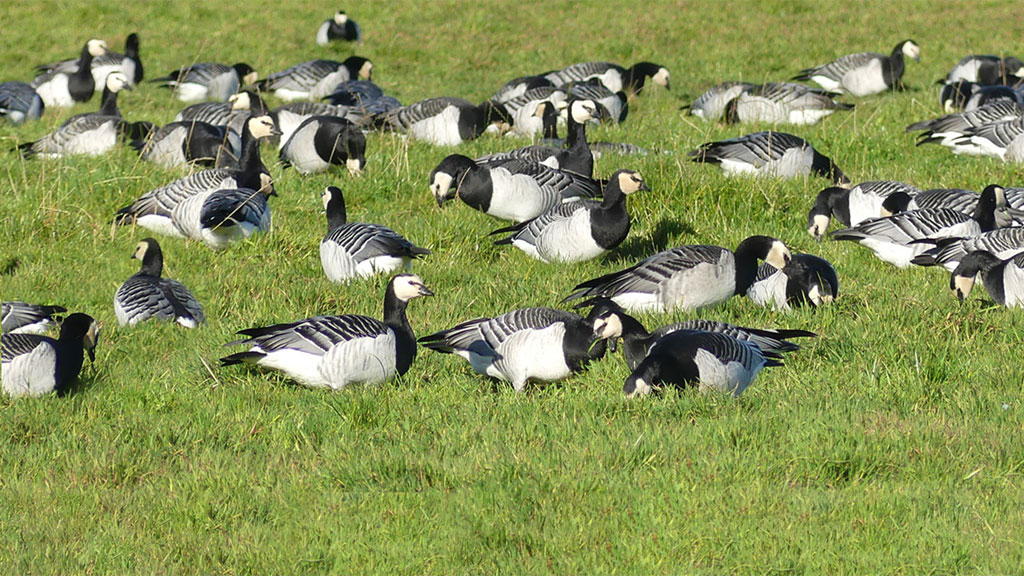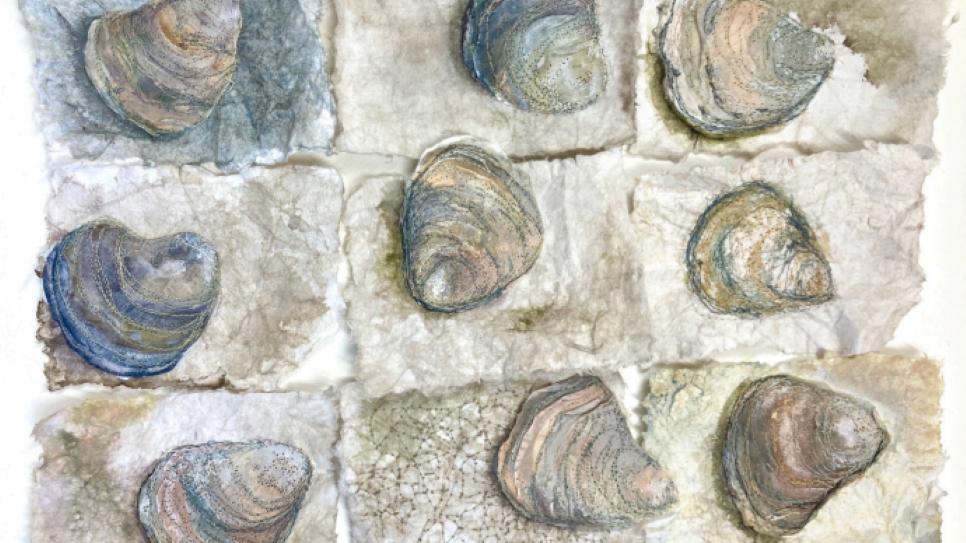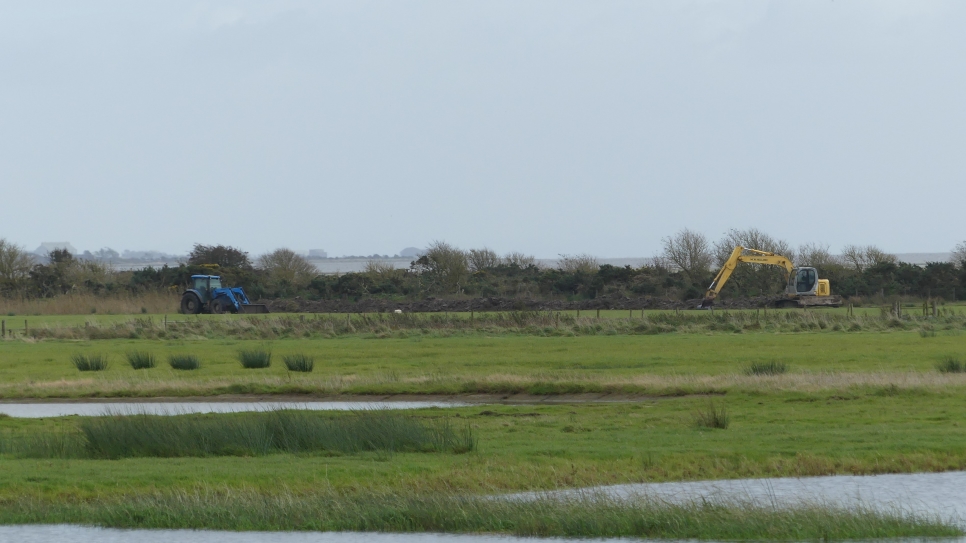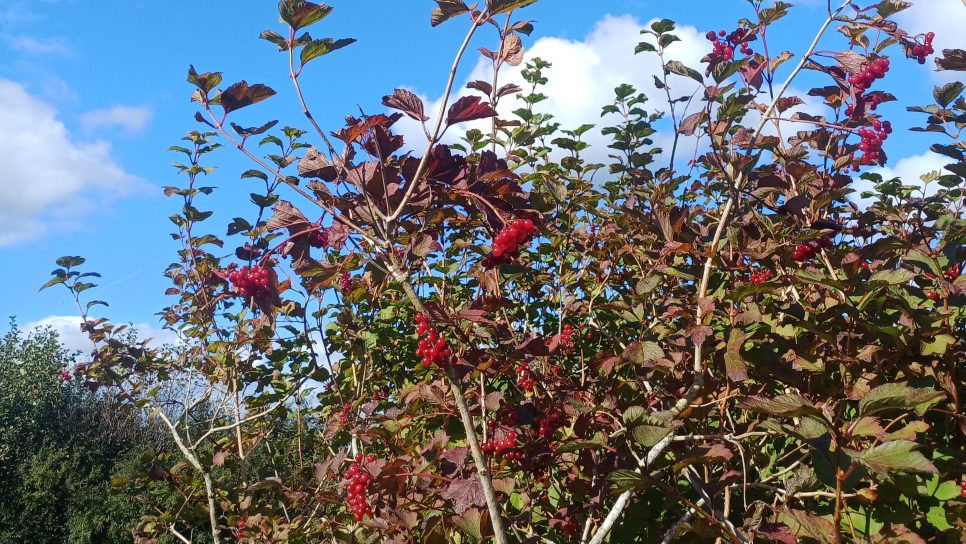Making a mess at Powhillon: The Wilder, Wetter Caerlaverock Diaries no.1

My first week as Project Officer has been as busy as you’d expect for Caerlaverock. We had a digger out at Powhillon (one of our northern holdings) with the aim of making some scrapes, channels and blocking drains. The site looks very messy now but it won’t be long before you can’t even tell we’ve been in there with the digger! One of my take-aways from this week is just how hard people of the past have tried to force these fields to be dry in the name of agriculture. The fields seem to have drains criss-crossing everywhere taking water off the site. One of our aims is to tackle this and keep water on these fields for as long as possible. Another thing I've gained this week is a real appreciation of how much you can change a few fields for the better in only five days - the amount of work that’s been done to keep this area wetter has been amazing!

digger
You might be wondering why these fields were chosen for wetland restoration but the clue is in the word restoration. Essentially the drainage in these fields is taking huge quantities of water off the fields and forcing them to be as dry as possible… which still isn’t that dry! We’re giving nature a helping hand by blocking these drains and creating scrapes and other wetland features.

before

after
What are we hoping to attract with these wetlands? I might disappoint some of you reading this but this portion of the project doesn’t live or die by attracting certain species. Instead what we’re trying to do is create a biodiverse habitat that is future proof to climate change and revolves around what these fields 'want' to be. However the creation of these wetlands can give us insight into what we might attract. The scrapes we have put in are quite shallow for the most part and in the future with sea level rises may be points of interest for breeding natterjack toads. Water also attracts an abundance of invertebrates which in turn attracts birds like reed bunting and tree sparrows, both declining species. The wet, muddy margins of these scrapes and channels are perfect feeding areas for waders like snipe, oystercatcher and redshank. This is but a brief description and in a nutshell wetlands are essentials for so many species and are the building blocks of life!
Watch this space for more habitat restoration at WWT Caerlaverock and more news on the projects progress.
This project is supported by the Scottish Government’s Nature Restoration Fund, managed by NatureScot.
Words and pictures by Jake Goodwin



